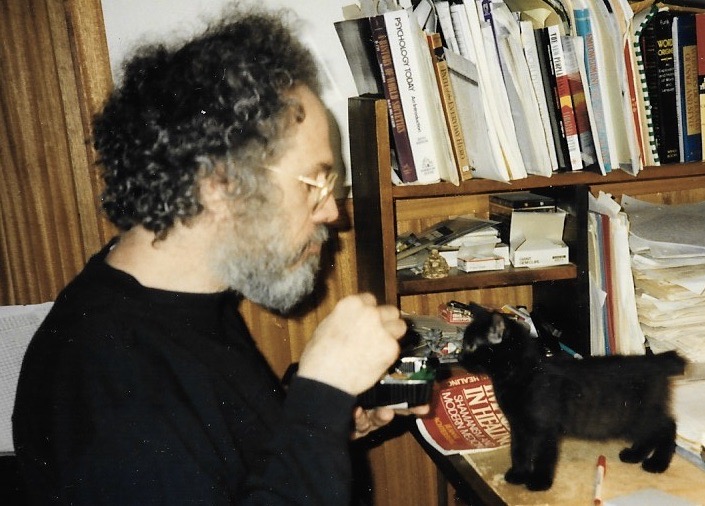I so enjoy writing and reading about subjects and experiences that are deeply personal, or that bring me greater insight, more than ones about hate and inhumanity. And I don’t think this is just me; it feels clearly true for most of us. When there’s so much in the news about DT and his fear and hate-filled executive orders and pointless cruelty, I need to also discover and support what feeds my sense of love and demand for justice and humanity. But it’s an awareness of the deeply personal that strengthens this sense of ourselves, this sense of connection with others and this world of ours. And it’s this awareness that fuels our ability to face what is most difficult to face.
One experience and emotion that particularly feeds and strengthens this deeply personal strength in ourselves is awe. Awe brings together a need to feel and preserve our sense of beauty, love, and wonder so we can face the destructive and horrible around us, to face realistically our fear of hardship and death.
Our brains are hardwired to worry, to perceive negatives, threats first. And according to research from the Greater Good Science Center, there are good reasons for that. Our hunter-gatherer ancestors had to be aware of any danger that might emerge from the world around them and prioritized this awareness. But to do that, they had to be ready, open to search beyond themselves, so they could discover ever more about themselves and the world. They had to let go of what they thought they knew to accurately perceive what they hadn’t known. In other words, they had to be curious.
And part of curiosity is that feeling we have before a discovery, that sense of not-knowing, worry, anxiety, and possibly fear of what might be there. Science has shown that our reward centers of the brain, and dopamine, our happiness and reward neurotransmitter, is released not only when we get the pleasure, the goal, but when we seek it. And when we feel wonder, awe at what we notice, the memories of and ability to be curious, is strengthened.
What is awe? Dacher Keltner, researcher and Professor of Psychology, writes about this in his book Awe: The New Science of Everyday Wonder and How It Can Transform Your Life. One definition of awe that he gives us is “the feeling of being in the presence of something vast that transcends your current understanding.” It can transport us back in time or to a sound or aroma, or an epiphany that de-stabilizes our past understanding; that takes us out of our sense of being separate from everyone and everything else, and reveals the vastness around us, reveals an awareness of the mysteries of life.
Everything, every experience, says Keltner, originates in how our minds process information. Our emotions are those feeling states accompanied by thoughts, expressions, physiological responses which enable and direct our actions. When we’re locked into emotions about self-preservation or being selfish, feeling totally separate, this undermines our ability to adapt to present circumstances. Awe does the opposite. The sense of vastness, of something beyond ourselves integrates our scattered beliefs, and all the unknowns we experience, so we can create a thesis about the world, a deepened understanding of whatever we need to face….
*Please go to The Good Men Project and read the whole article.





